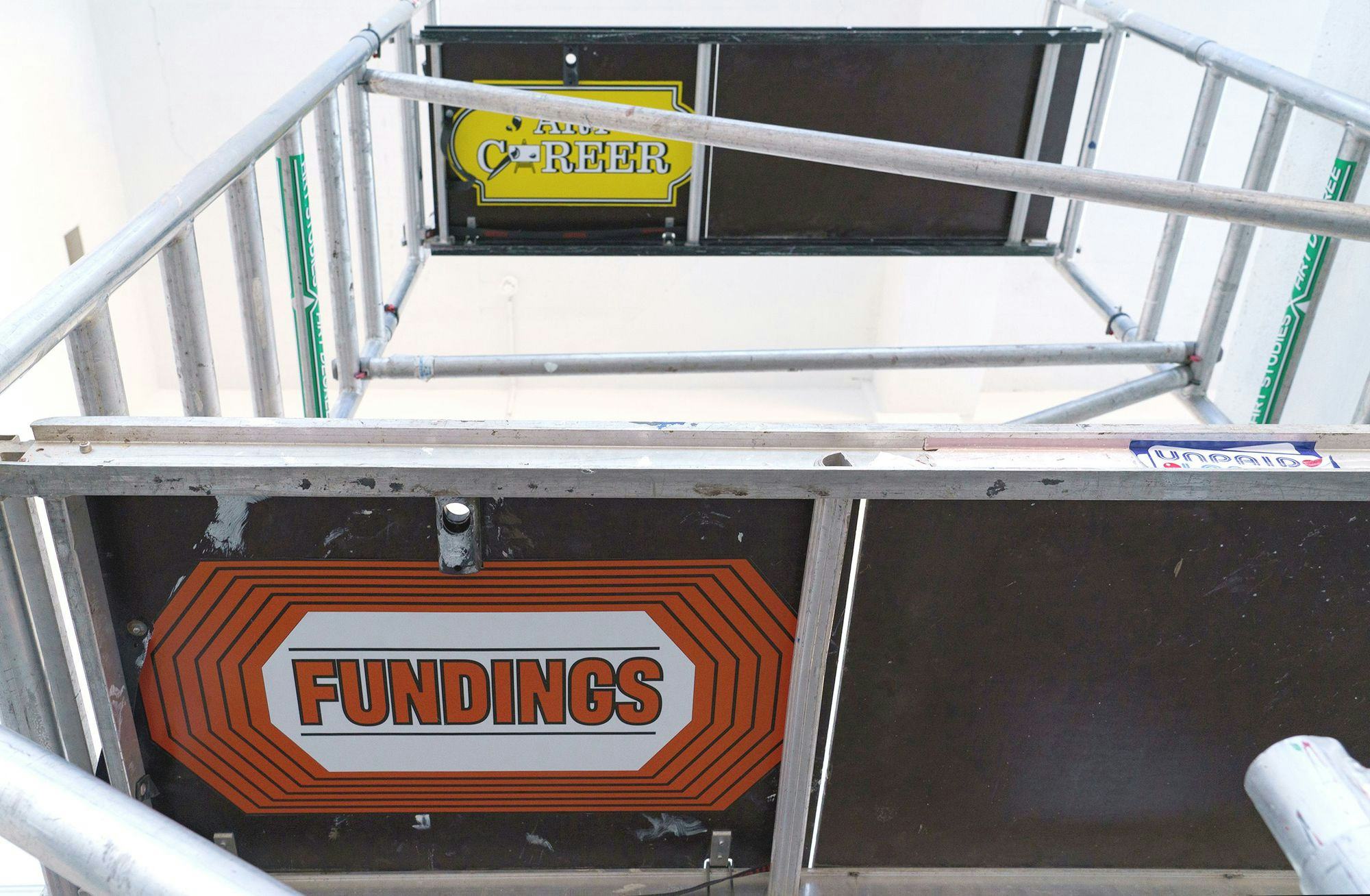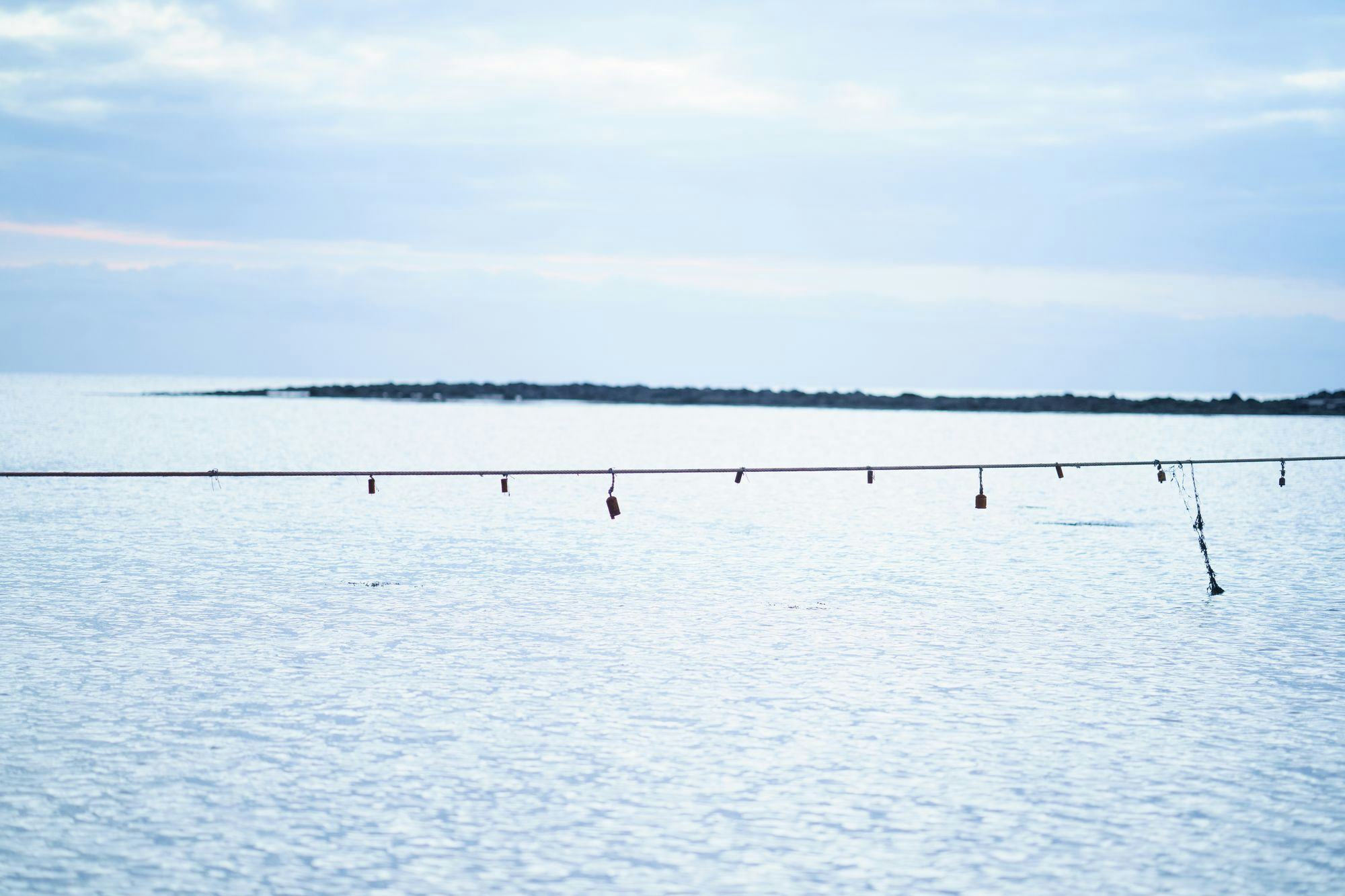
Steinunn Önnudóttir, Green Growth, 2025, Künstlerhaus Bethanien.
For her exhibition Green Growth at Künstlerhaus Bethanien, marking the conclusion of her residency, Steinunn Önnudóttir is creating a site-specific installation that explores the fragile balance between decay and growth. She engages with the visual and material language of these processes, making visible the subtle, often overlooked dynamics that permeate urban space. At the core of the work is the tension between the unstoppable force of nature and humanity's efforts to control it: roots breaking through asphalt, ivy winding through fences—symbols of a resilient nature that asserts itself despite urban constraints. Based on her intensive observations of Berlin, the artist examines the complex interplay between the city, nature, and capitalist environmental strategies, particularly in the context of so-called "green" investments and their often ambivalent effects.
A massive, sprawling arch structure forms the centerpiece of the installation. Its scorch marks evoke industrial production processes, while its form conjures romantic associations with an idealized natural landscape. But this illusion crumbles: a large, tree-like sculpture lies uprooted on the ground, symbolizing the tension between natural growth and human intervention. On the walls, algae growth appears to rise—a painterly extension of the practice, oscillating between control and chance. The windows are coated with a greenish film that distorts the view of the outside world, as if a veil has been placed over perception. Architectural elements of the space are deliberately integrated to challenge the boundaries between the interior and exterior. By using materials in various stages of decay, the artist makes the constant transition between growth and decomposition visible.
Steinunn Önnudóttir views the processes of growth and decay as metaphors for confronting the capitalist logic that exploits nature as a resource while simultaneously attempting to domesticate its uncontrollable aspects. Her work is grounded in a critical engagement with the concepts of "Green Growth" and "Degrowth"—two opposing positions within the ecological sustainability debate. While "Green Growth" drives economic expansion through technological innovation and supposedly sustainable production methods within a capitalist framework, "Degrowth" advocates for a radical reduction in economic activities to preserve natural resources.
Through her work, Steinunn Önnudóttir investigates how the term "green" is increasingly instrumentalized to conceal capitalist agendas. Yet beyond the political dimension, the installation remains a silent, powerful image of the inevitability of natural processes—the flow of time, the ephemeral, and the uncontrollable.
The installation becomes a stage where nature and artifice collide—a scene between idyll and disaster, utopia and decay. The elements in the space appear as relics from a past or future time, oscillating between construction and deconstruction, control and chaos. The artist opens a window to another world—a world where nature and time cannot be tamed but unfold in their own rhythm.


-icelandic-pavilion-2000x2667.jpg&w=2048&q=80)

